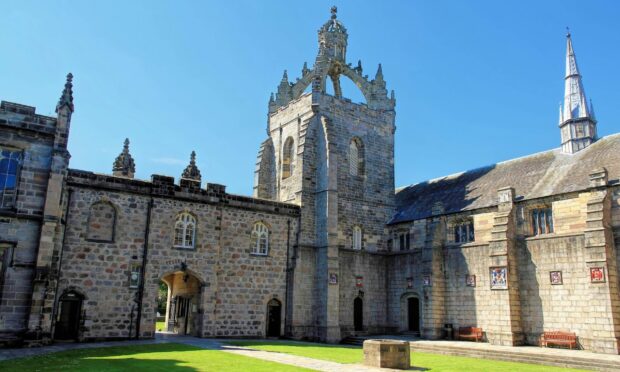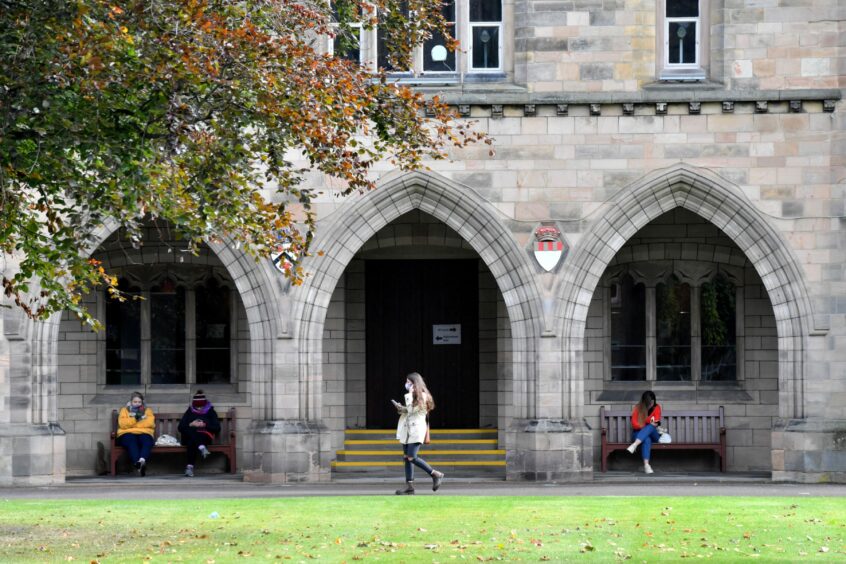Aberdeen University is holding an event to explore its own historical connection to the slave trade.
Taking place online the event is named after Powis Gateway, the university’s most substantial link to slavery-derived wealth.
Researchers will discuss the debated gateway in the King’s College campus which was built in the early 1830s with profits from slavery in Jamaica.
The event, Powis Gateway: Slavery and Memory in Old Aberdeen, forms part of Aberdeen University’s work to recognise the legacies of historic slavery.
It will be taking place on Wednesday, March 30.
Slaves freed ‘received nothing’
The event is following the United Nations International Day for the Remembrance of the Victims of Slavery and the Transatlantic Slave Trade on Friday.
Dr Richard Anderson, who is leading research into the legacy of historic slavery to Aberdeen University, said the event aims to provide deeper understanding to the history of Powis Gateway.
He said: “It has long been thought that the depiction was of three slaves but more recent suggestions point to a heraldic pun on the Powis Leslie family’s ancestral name: Moir/moor, or possibly even represented a boast about beheading moors in the crusades.
“While this aspect of the history of the gates is subject to some debate, what we do know is that they were built using wealth from plantations and compensation the Powis Leslie family received through the Abolition of Slavery act in 1834.
“Meanwhile those freed from slavery received nothing for their years, lifetimes, of unpaid labour and depraved treatment as chattel.
“It is important that moving forward this is reflected more clearly so that all those who pass through them can better understand their legacy.
“We hope to have permission to erect a plaque in late summer and work is ongoing on an interpretation panel. ”
A presentation, reading and question and answer session will be included in the event. It is hoped that the questions and issues raised will help direct the discussion.
To reserve a place or to find out more information, click here.

